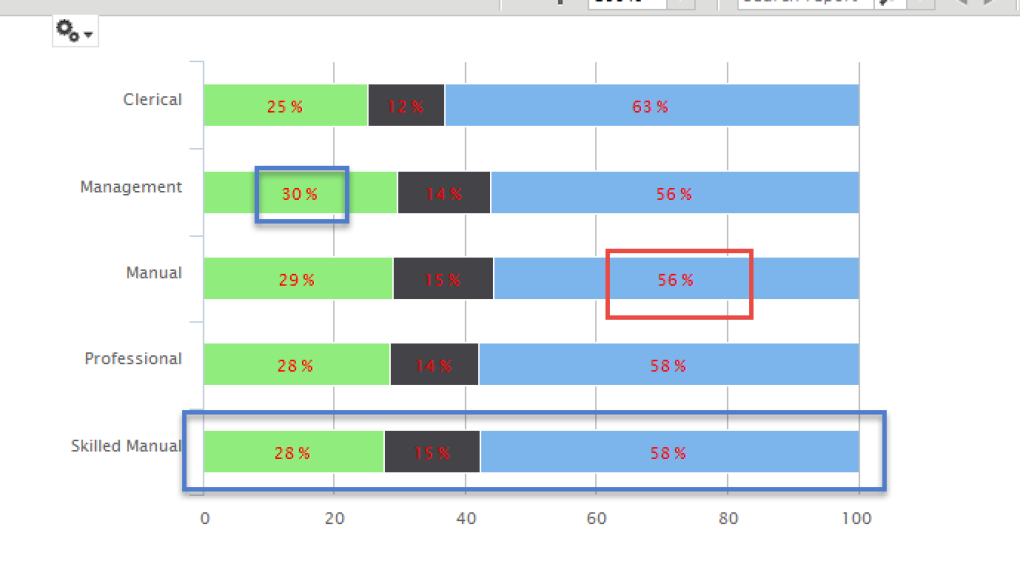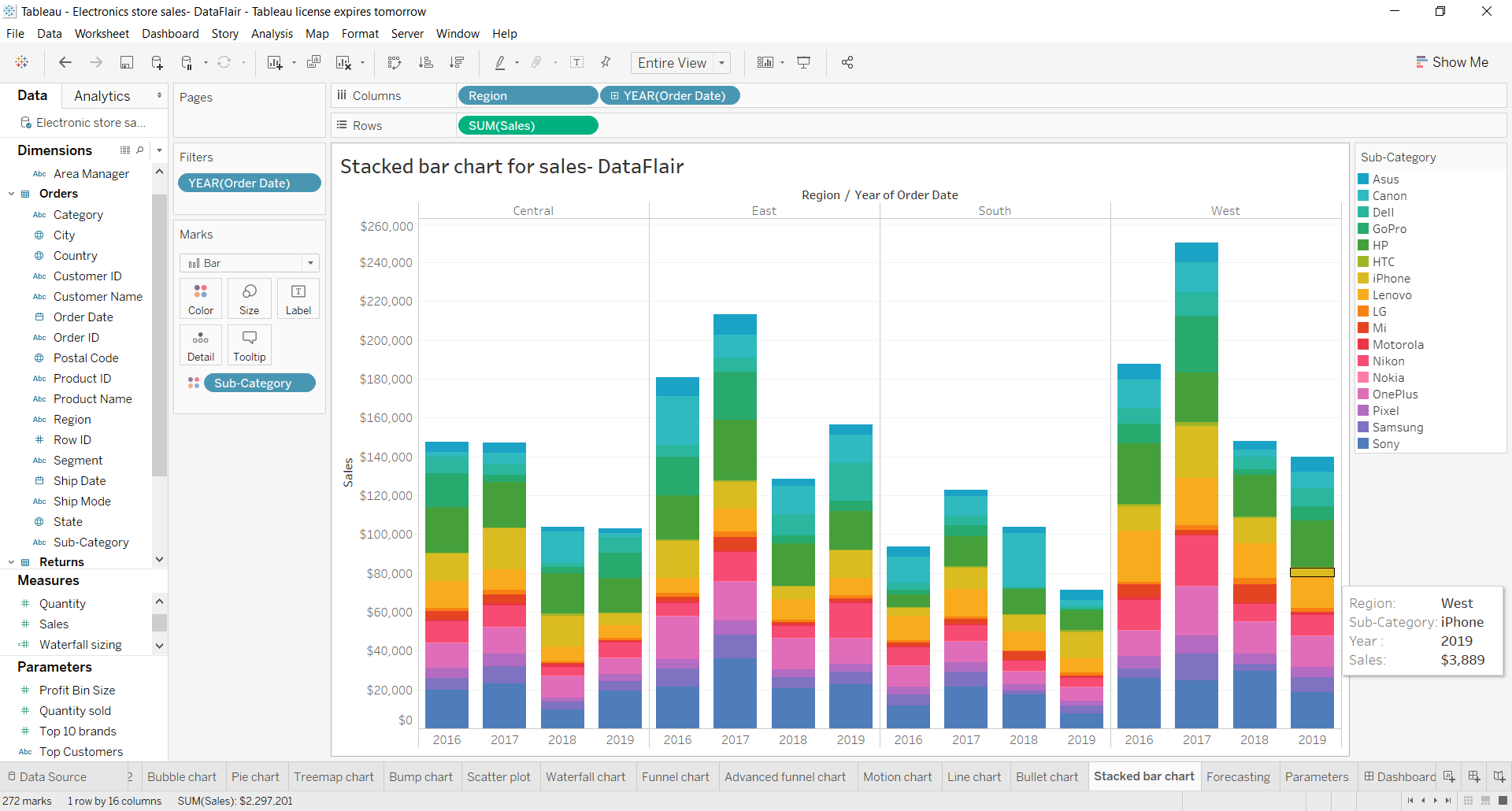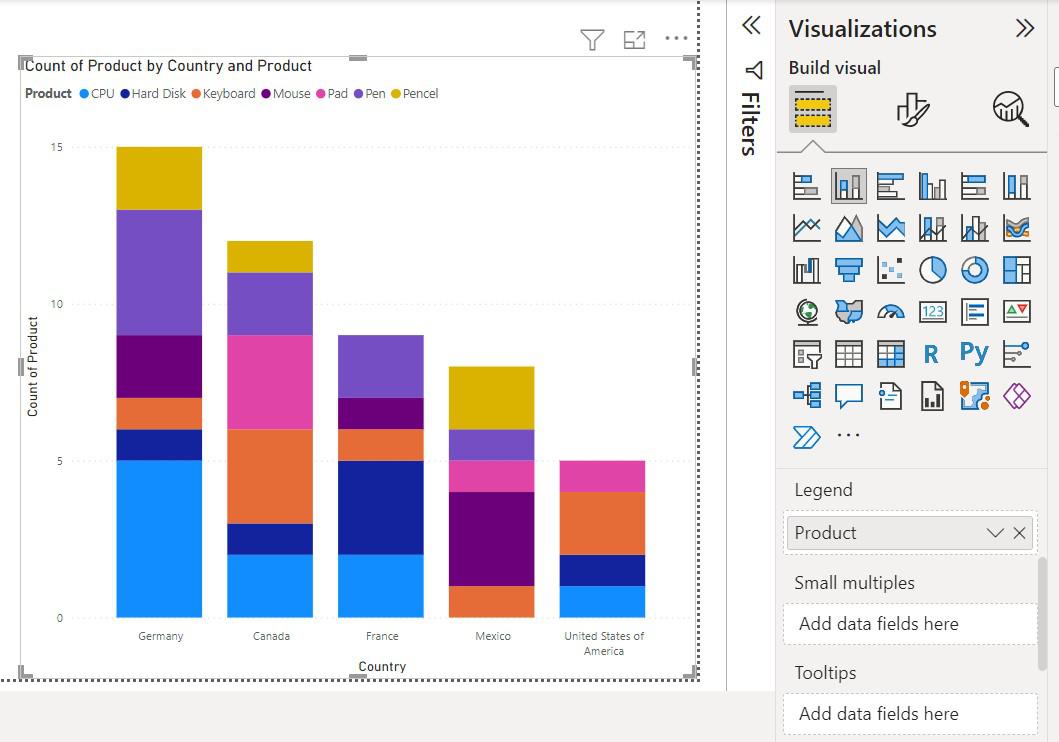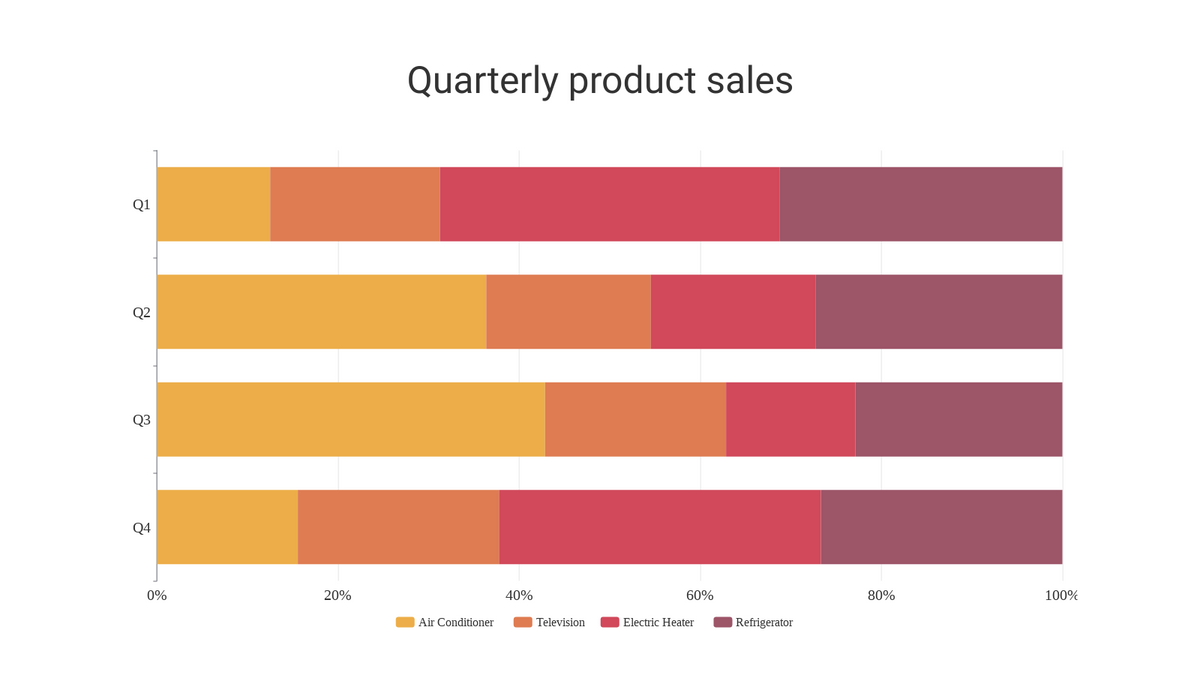Fun Tips About What Is The Purpose Of A Stacked Chart Plot X And Y In Excel

I have created a power bi desktop file connected to adventureworksdw, and loaded dimcustomer and factinternetsales into the model.
What is the purpose of a stacked chart. What is a stacked bar chart? A stacked bar chart is a type of bar chart that portrays the compositions and comparisons of several variables through time. Stacked bar charts make it easier to follow the variation of all variables presented, side by side, and observe how their sum changes.
Each bar divides a main category into smaller parts, demonstrating how each part relates to the total. Stacked area charts typically allow us to visualize how a measure, observed through multiple category values, changes over time. Understanding how to read, use and create this type of chart can help you put together reports more efficiently.
A stacked bar chart enables the simultaneous comparison of totals and the item level relationship directly influencing the totals. An example can be an airport where many planes land. A stacked bar chart is a type of diagram that displays multiple data points on top of each other.
A stacked bar chart is a variation of a bar chart where several bars are stacked on top of each other. Using this stack is fairly easy. Stacked charts usually represent a series of bars or columns stacked on top of one another.
It’s used to visualize the total of grouped data points while also showing the comparative sizes of each data point’s component parts. These charts can be powerful data visualization tools when used in the right context, but may also lead to misrepresentation of data when used incorrectly. In this article, we explore when to use stacked area charts and when to avoid them.
A stacked column chart uses columns divided into stacked subsegments to showcase totals that can be divided into contributing categories. A stacked bar chart is a type of bar graph that represents the proportional contribution of individual data points in comparison to a total. The stacked line charts allows us to easily identify and compare the trends and patterns in our data.
The first step to creating a stacked bar chart is choosing the right charting library. A complete guide to stacked bar charts. A stacked bar chart tells you how many parts each bar in a bar graph is made up of and what the quantity of each part is.
The height or length of each bar represents how much each group contributes to the total. A bar chart is used when you want to show a distribution of data points or perform a comparison of metric values across different subgroups of your data. In this guide, we’ll aim to rectify these mishaps by sharing examples, clarifying when you should (and shouldn’t) use a stacked bar chart, and discussing best practices for stacking bars.
Stacked bar charts are used to show the frequency of responses in surveys. Stacked charts are typically used. The segments can be of different colors or shades to make the data easier to understand.
How to create a stacked bar chart? From a bar chart, we can see which groups are highest or most common, and how other groups compare against the. Each layer is a different color, and the data in each layer is represented by a different symbol.























